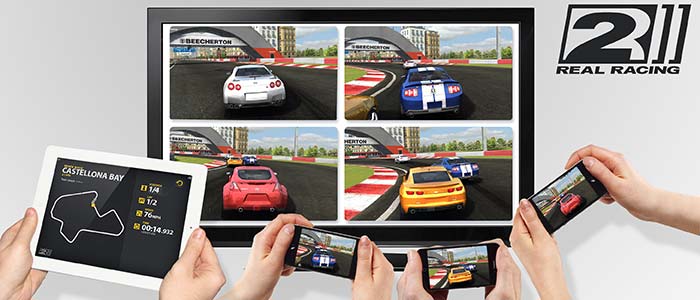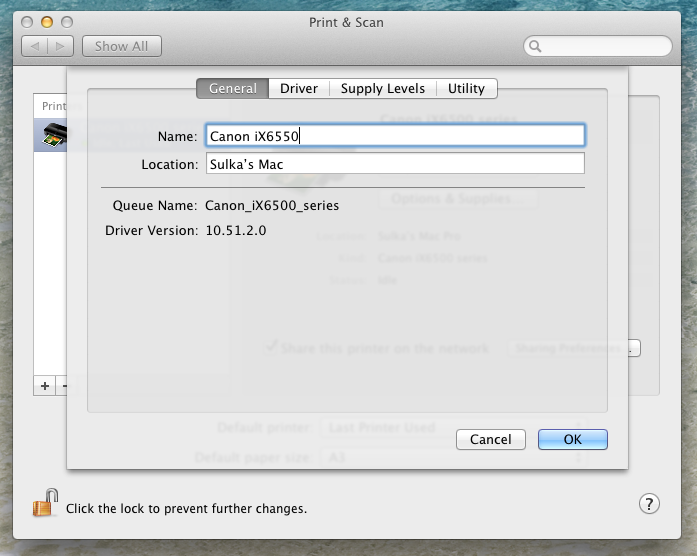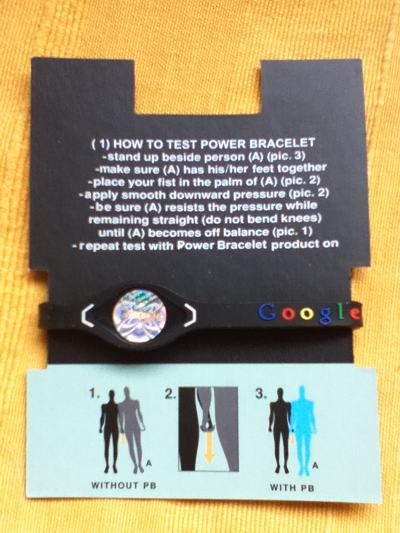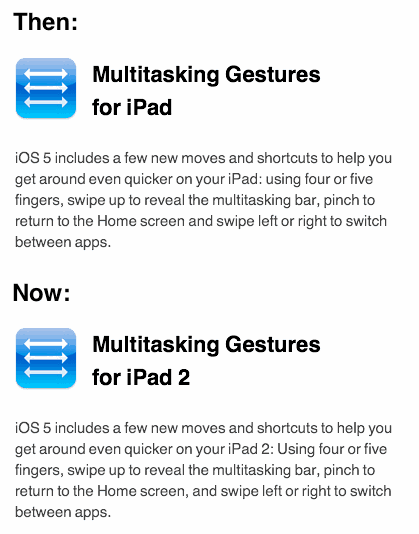I had a pretty significant operation done to my right eye the last week and though I’d write down about it, partially so I’ll remember how it was myself.
Little background – I noticed about three years ago that my left eye’s vision degraded quite significantly over about six months. I didn’t think it was a biggie at the time – I’d had glasses since I was a kid, and I’d figured it’s a matter of time before the eyes would turn for the worse. I got new glasses and the problem mostly went away. Then about a year ago, I noticed the right eye was getting worse, too, and that happened faster.
I went to the doctor to get a referral to a specialist, which took a couple months to arrange. In the meantime I started developing easily tiring eye which made it harder to work the way I’d used to – on days I was really tired (partially from having a baby in the house) my vision was getting way too blurred in the afternoons to be able to write fast.
When it came to seeing the specialist, he noted a couple things – the vision measurement done using one of these fancy machines opticians use, and him checking the strength of glasses I should wear using the traditional method of making me swap between lenses and looking at a Snellen chart didn’t correlate. Also, he found a fairly large range of lenses produced the same amount of correction, where nothing would make me see as well as I’d used to. He didn’t tell me what to expect really, but gave me a referral to the Haartman eye clinic, which is apparently the best Finland has to offer for corrective eye surgery.
This being public medicare, which in Finland is usually cheap but on the slow side, it took about six months for me to get the appointment. The eyes actually felt better for most of the time of the wait, so I had no idea what to expect when getting to the place. When I finally got there, two fancy laser-based machines were used to measure my eyes, after which the doctors gave the verdict – I had a form of epithelial erosion syndrome, meaning the outermost layer of the eye was uneven and hence refracting light as if I was wearing dented eyeglasses.
The good news was, the epithelium is the only part of the eye that renews itself, so the problem would be fixable with little chance of permanent effects. Bad news? It’d be massively painful. The nurse took me to the side and said some patients compare the post-operation feeling in the eye to labor pains. “You’ll be given three days of sick leave which you’ll spend in bed with crippling pain”, she said. Damned if you do, damned if you don’t, I felt. We’ll send you a letter when you can come in for the operation, I was told.
I finally got the letter three weeks ago, telling me the operation would be done in a couple week’s time. I notified my awesome business partners of the thing happening and my dear wife started to prepare mentally for nurturing me.
Once I showed up at the clinic the day of the operation, I was rescanned and met with the doctors. “It’s got a bit worse. Do you really want to do this? We don’t have to, yet”, asked the doctor. “I need to see really precisely to work” I replied and off we went. A couple pills to relax a bit and then off to the operating table.
The operation itself was amazingly quick. A few drops of effective local anestesiacs were applied to the eye, after which I had to stare at a freakishly bright light without moving the eye at all. The doctor performing the operation removed the entirety of the front epithelium with the eye using manual surgical equipment which was freakishly weird. Feeling someone cutting away parts of your eye is not what I exactly what I had in mind waking up the morning, and seeing the vision blur as the layer was lifted off was just odd. “Yup, this was in pretty bad shape allright,” the doctor said as he surveyed the piece.
Some shaving of the eye with lasers and that was it. I got prescriptions for antibiotics, two types of eye drops, tranquilizers and painkillers and a bit too generic instructions on how to take care of the eye for feeling really reassured I’d do fine. Riikka picked me up, we went to the drug store to pick up the prescribed meds and off I went to spend the next three days in bed. The last thing I did before the anestesiac started to fade was to get the Steve Jobs biography as an audio book, so I’d have a few hours of entertainment.
The pain that hit the evening was deeply uncomfortable but not quite as bad as the nurse’s description. This could be due to myself having done contact sports in the past – the SCA training sessions used to leave be with nice bruises all over the body, so I’d learned to deal with pain as something I register as happening, but which doesn’t overwhelm me. Same happened here – with the help of the strong painkillers, at worst the eye felt like something between the one time when I’d put chili into my eye accidentally and the feeling of dropping salt into an open wound. This was pretty bad, but was containable and slowly focusing the pain away worked.
In the next two days I could feel the cutting wound get better and the constant feeling of having something gone to the eye started to go away. I had the post-operation check two days after the surgery and everything was healing as planned. The two subsequent days both felt like great improvements and I indeed had a bit of an epiphany moment today morning when the eye felt almost as good as prior to the operation, despite the doctors warning it could take up to two weeks. A couple more months of eye drops and I should be sorted. But now I’ll have to hit the bed, the eye can’t take all this writing anymore. I’ll let you know how it’s worked out in a couple weeks.
Update: It’s now been 12 days from the operation and it feels the eye is fully recovered both in the sense of the optics working as expected, but also the focus having adjusted and the brain now being able to grasp the additional information flowing in. Yesterday was the first day the eye didn’t get tired, and today I feel I’m seeing things even crisper and perceiving things faster. Feels awesome, can’t wait for the the other eye to be fixed.
Interestingly, now that the right eye is ok, I’m starting to notice the little itching and occasional tiny pain in the left unoperated eye, which is apparently caused by the disease. I didn’t really notice it when both the eyes were poorly, but I can definitely notice the differences between the two now. One more reason to get operated, I guess.






